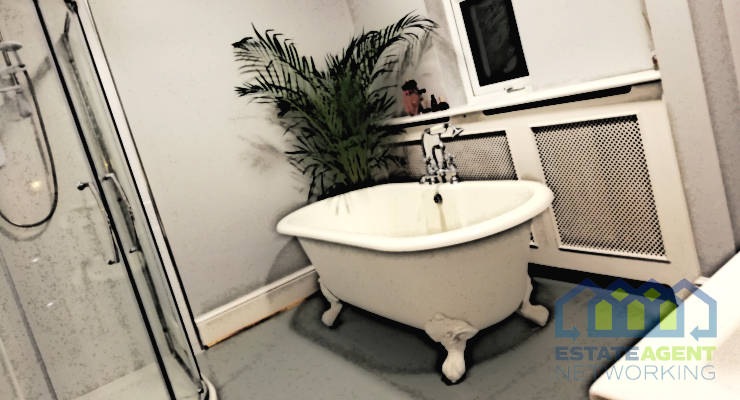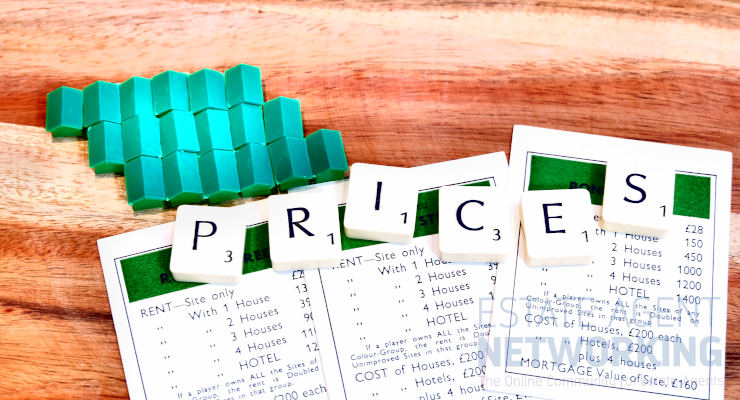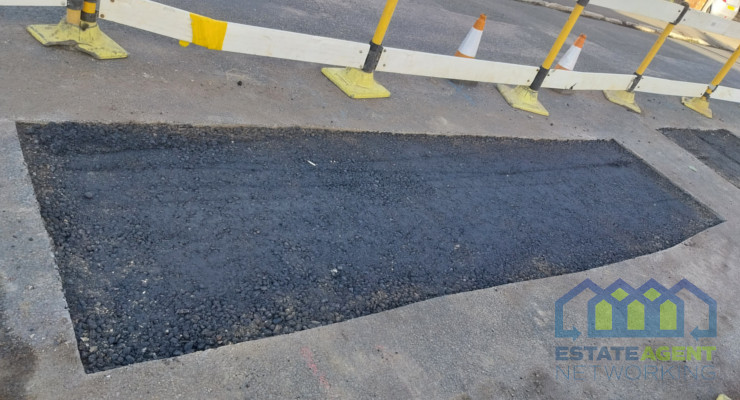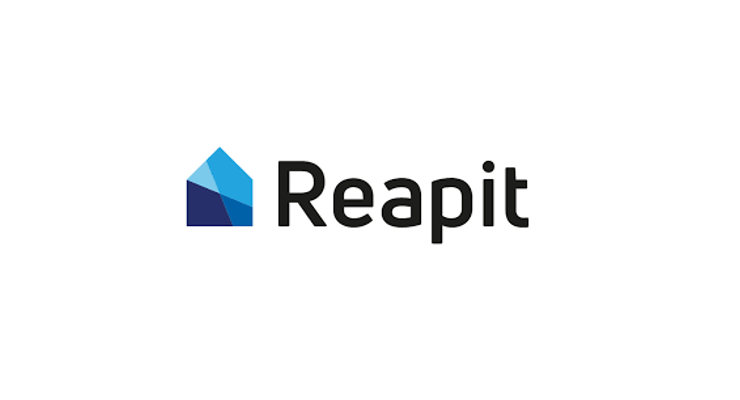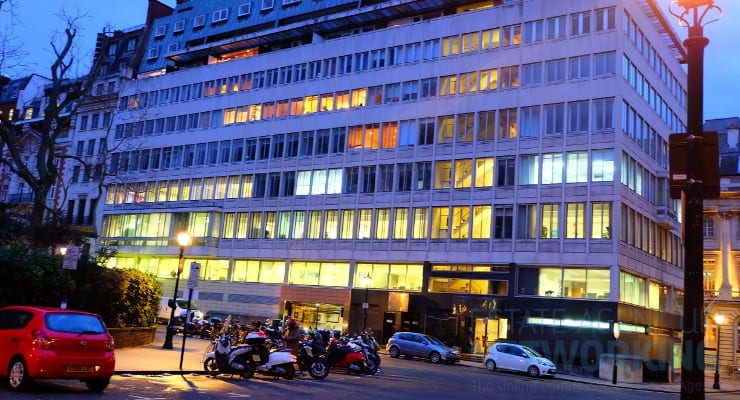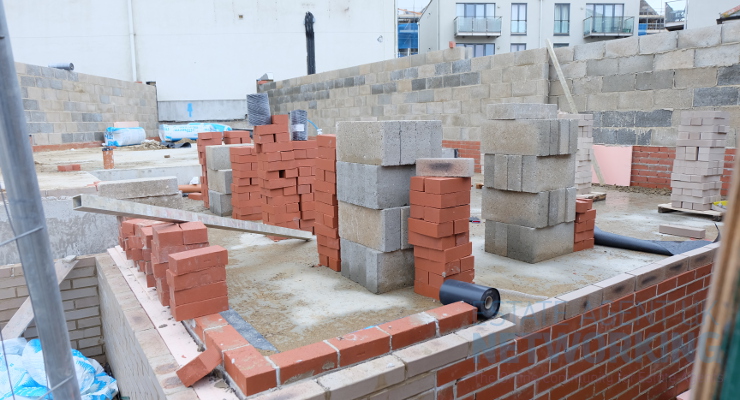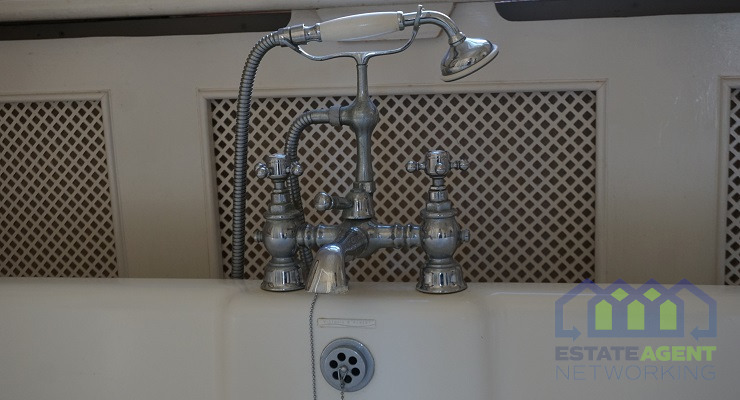Eco-Friendly Materials for Sustainable Bathroom Renovations: 2025 Guide
As climate urgency intensifies in 2025, sustainable bathroom renovations have evolved beyond simple green choices to embrace cutting-edge materials, circular design principles, and hyper-local sourcing. Homeowners across Seattle and the Pacific Northwest are increasingly partnering with Seattle’s Premier Bath Renovations company to achieve renovations that not only look stunning but also reduce environmental impact, conserve precious water resources, and create healthier indoor spaces.
This comprehensive guide explores the most innovative eco-friendly materials and practices available this year, with real-world cost considerations and practical implementation strategies.
Leading Eco-Friendly Materials for 2025
Carbon-Negative Tiles: The Revolutionary Surface Solution
The most exciting development in sustainable bathroom surfaces comes from biologically engineered tiles that remove carbon from the atmosphere. Made from algae bio-cement or mycelium (mushroom root networks), these remarkable tiles absorb CO2 throughout their production process and continue sequestering carbon throughout their lifecycle.
I recently toured a manufacturing facility in Tacoma where these tiles are grown rather than manufactured in the traditional sense. The difference is immediately noticeable – instead of the chemical smell of conventional production, the facility has an earthy, almost forest-like atmosphere.
These innovative tiles cost between $18–35 per square foot, making them comparable to high-end porcelain or natural stone. They perform exceptionally well in shower enclosures and accent walls, with third-party certifications from Carbon Cure and Living Product Challenge verifying their environmental benefits.
Recycled Metals: Industrial Elegance
Post-industrial metals have found new life in bathroom design, offering sleek, contemporary aesthetics with significant environmental benefits. Reclaimed steel and aluminium create striking vanities and fixtures that resist rust while diverting materials from landfills.
Expect to invest $50–120 per square foot for custom metalwork, though prefabricated options are becoming more accessible. Pacific Northwest homeowners benefit from regional fabricators like Eco Metal Design, who source metals locally to minimize transport emissions while supporting the regional economy.
Hempcrete: The Moisture-Managing Marvel
One of 2025’s breakout materials, hempcrete combines hemp fibers with lime binders to create lightweight, highly insulative panels perfect for bathroom environments. These panels provide excellent moisture management properties while sequestering carbon.
At $10–20 per square foot, hempcrete offers an affordable option for non-load-bearing walls and decorative elements. Its natural resistance to mold makes it particularly well-suited for Seattle’s humid climate, and its slightly textured appearance adds organic warmth to contemporary bathroom designs.
Lab-Grown Quartz: Ethical Luxury Surfaces
Engineered without environmentally destructive mining operations, lab-grown quartz replicates the beauty of natural stone while eliminating silica dust concerns during fabrication. These surfaces offer exceptional durability and zero-maintenance appeal for countertops and shower surrounds.
With costs ranging from $60–150 per square foot installed, brands like Cambria Surfaces and ECO by Cosentino lead the market with stunning color options and pattern consistency that natural stone can’t match. The lifetime warranties typically offered make these surfaces a sound long-term investment.
2025 Material Comparison: Sustainability vs. Cost Analysis
When evaluating materials for your bathroom renovation, considering both environmental impact and budget constraints helps make informed decisions. The following comparison highlights the relationship between carbon footprint, installation cost, and expected lifespan:
2025 Material Comparison: Sustainability vs. Cost
| Material | Carbon Footprint (kg CO2/sq. ft.) | Cost (2025) | Expected Lifespan |
| Carbon-Negative Tiles | -2.5 (net absorber) | $18–35 | 30+ years |
| Recycled Steel | 1.8 | $50–120 | 50+ years |
| Hempcrete | 0.9 | $10–20 | 25+ years |
| Lab-Grown Quartz | 3.0 | $60–150 | Lifetime |
Estimates based on industry trends from sources like the 2025 Global Building Materials Report, demonstrates that materials with the lowest carbon footprint aren’t necessarily the most expensive options. Hempcrete, for instance, provides excellent environmental performance at an accessible price point.
Water and Energy Efficiency Innovations
Smart Water Management Systems
The bathroom’s environmental impact extends far beyond materials to how water and energy are managed daily. AI-powered water monitoring systems like Hydrao have become game-changers, tracking usage patterns and detecting microscopic leaks before they become problems. My clients consistently report approximately 25% reductions in water bills after installation.
Renewable Energy Integration
Solar-powered ventilation systems with integrated photovoltaic panels reduce grid dependence while effectively managing moisture. These systems have become particularly popular in Seattle where daylight hours are sufficient to power ventilation needs even during overcast winter months.
Greywater Recycling Solutions
Systems like Aqua2Use have dramatically simplified greywater recycling, filtering sink and shower water for toilet flushing with minimal maintenance requirements.
For a typical household of four, these systems can reclaim up to 40 gallons of water daily – a significant conservation achievement in regions experiencing increased drought conditions.
Trusted Certifications for 2025 Projects
When evaluating both materials and contractors, certain certifications provide reliable verification of environmental claims:
Living Building Challenge
This rigorous standard requires net-positive energy and water performance, setting the gold standard for truly sustainable construction practices. Materials used in Living Building Challenge projects undergo extensive scrutiny for environmental and health impacts.
Declare Labels
Often described as “nutrition facts for building materials,” Declare labels provide full transparency regarding material ingredients, manufacturing processes, and end-of-life considerations. This transparency helps homeowners avoid materials containing harmful chemicals or unsustainable components.
Regional Recognition
Local companies like Elite Remodeling have distinguished themselves by prioritizing both Energy Star 2025 compliance and regional Salmon-Safe certifications that specifically address Pacific Northwest watershed protection – a critical consideration for Seattle-area projects.
Budget-Conscious vs. Luxury Implementations
Sustainable bathroom renovations can accommodate various budget levels while maintaining environmental integrity:
Budget-Friendly Options (Under $5,000)
Creating an eco-friendly bathroom doesn’t require a premium budget. Consider these approaches:
- Hempcrete accent wall with natural lime sealing ($500-800)
- Bamboo-look porcelain tiles from recycled materials ($3-8/sq. ft.)
- DIY greywater diverter kit for sink-to-toilet water recycling ($200-350)
- Low-flow fixtures with WaterSense certification ($30-150 each)
Luxury Implementations ($15,000+)
For those with more generous budgets, these premium options maximize both sustainability and aesthetics:
- Custom recycled steel vanity with integrated water-saving fixtures ($3,000-5,000)
- Lab-grown quartz countertops with undermount recycled glass sinks ($4,000-7,000)
- Whole-room solar ventilation system with humidity-responsive controls ($1,500-3,000)
- Comprehensive greywater recycling with smartphone monitoring ($2,500-4,000)
Seattle Case Study: Achieving Net-Zero Bathroom Performance
A recently renovated Ballard home in 2024 by Seattle’s Trusted Remodeling Company, demonstrates how these principles work in practice. This project, once completed, transformed a resource-intensive bathroom into a model of sustainability:
The homeowners prioritized carbon reduction alongside water conservation, selecting algae-based tiles (with impressive -4.2kg CO2/sq. ft. sequestration), a vanity crafted from salvaged cedar from a deconstructed Wallingford bungalow, and a Hydrao smart shower system.
The results exceeded expectations, with the bathroom achieving a 40% reduction in water usage compared to the original design while operating completely off-grid through rooftop solar panel integration. The completed space marries stunning aesthetics with environmental performance, proving sustainability doesn’t require aesthetic compromise.
Expert Recommendations for 2025 Renovations
After interviewing several Seattle-area sustainable design experts, these recurring recommendations emerged:
Embrace Hyper-Local Sourcing
Sourcing materials from the immediate region dramatically reduces transportation emissions while supporting the local economy. Several innovative fabricators in the Puget Sound region now repurpose materials from regional industries – including recycled Boeing aircraft aluminum – into stunning bathroom fixtures and accessories.
Design for Modularity and Future Adaptation
Forward-thinking bathroom designs incorporate easily replaceable components rather than permanently installed elements. Examples include clip-in hempcrete panels and modular fixture mounting systems that allow upgrades without demolition, significantly reducing future renovation waste.
Implement Circular Economy Principles
Working with renovation specialists who commit to responsible waste management ensures construction debris finds new purposes rather than landfill space. Companies like Elite Remodeling LLC typically achieve 90%+ diversion rates through careful deconstruction and material separation.
“2025 is about regenerative design—giving back more than we take,” explains Lila Chen, lead architect at GreenFrame Seattle. “The most innovative bathroom renovations actually improve environmental conditions rather than simply reducing harm.”
Frequently Asked Questions About Sustainable Bathroom Materials
Are carbon-negative tiles durable enough for Seattle’s humid climate?
Yes! One of the surprising benefits of algae-based tiles is their natural affinity for moisture environments. Unlike conventional ceramic tiles that can develop mold issues in grout lines, these biological tiles naturally resist mold growth. I’ve installed them in several shower enclosures across the Puget Sound region with excellent performance over time.
What’s the realistic ROI of solar-powered bathroom ventilation?
Based on current installation costs and energy rates, most homeowners see a 5–7-year payback period for solar-powered ventilation systems. This calculation improves significantly when factoring in the 30% federal tax credits available through the 2025 Inflation Reduction Act extensions. Beyond financial returns, these systems continue operating during power outages – an increasingly valuable feature during extreme weather events.
How does hempcrete perform with bathroom steam exposure?
When properly sealed with natural lime finish (a traditional technique experiencing renewed interest), hempcrete demonstrates remarkable resistance to mold growth even in steam-heavy environments. Its microporous structure allows walls to “breathe” while regulating humidity, making it particularly well-suited for Pacific Northwest conditions. Several local builders have reported excellent performance even in shower-adjacent applications.
Can greywater systems be successfully retrofitted in older Seattle homes?
Absolutely. While older homes present unique challenges, specialized contractors like Elite Remodeling LLC have developed techniques for integrating modern greywater systems while preserving historical elements. For century-old homes in neighborhoods like Queen Anne or Capitol Hill, compact under-sink systems offer the simplest retrofit option with minimal disruption to original plumbing.
Conclusion: The Future of Sustainable Bathroom Design
The sustainable bathroom innovations available in 2025 demonstrate that eco-conscious design can be simultaneously luxurious, highly durable, and increasingly accessible across different budget levels. For Seattle homeowners, partnering with experienced renovation specialists like Elite Remodeling LLC ensures alignment with the latest green building standards and access to cutting-edge sustainable materials.
By prioritizing carbon-negative materials, water conservation systems, and circular economy principles, today’s bathroom renovations can significantly reduce environmental impact while creating spaces that enhance well-being through improved air quality, natural materials, and reduced operational costs. The most successful projects balance immediate aesthetic desires with long-term performance and planetary health.



